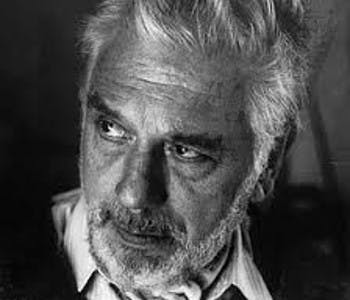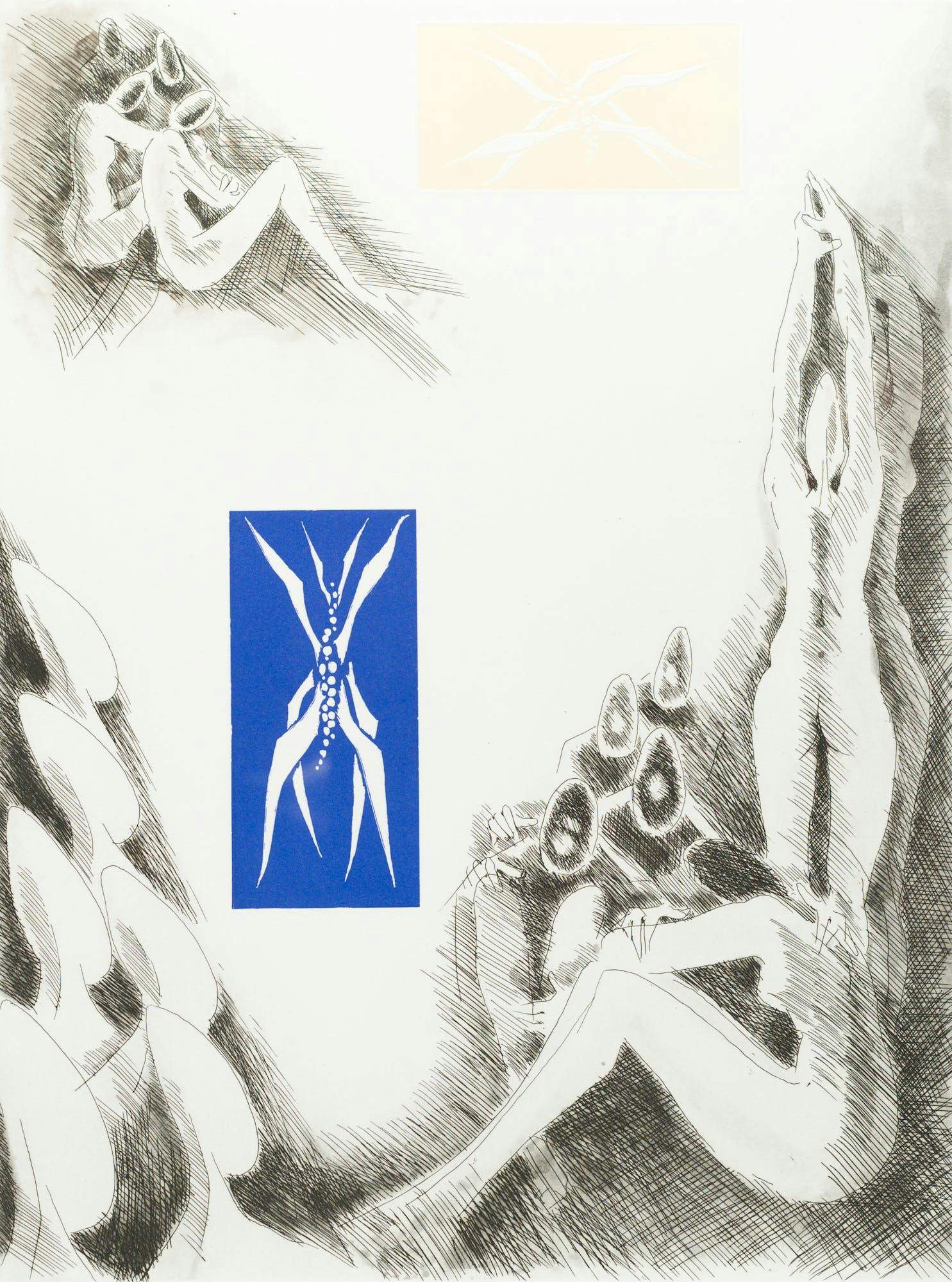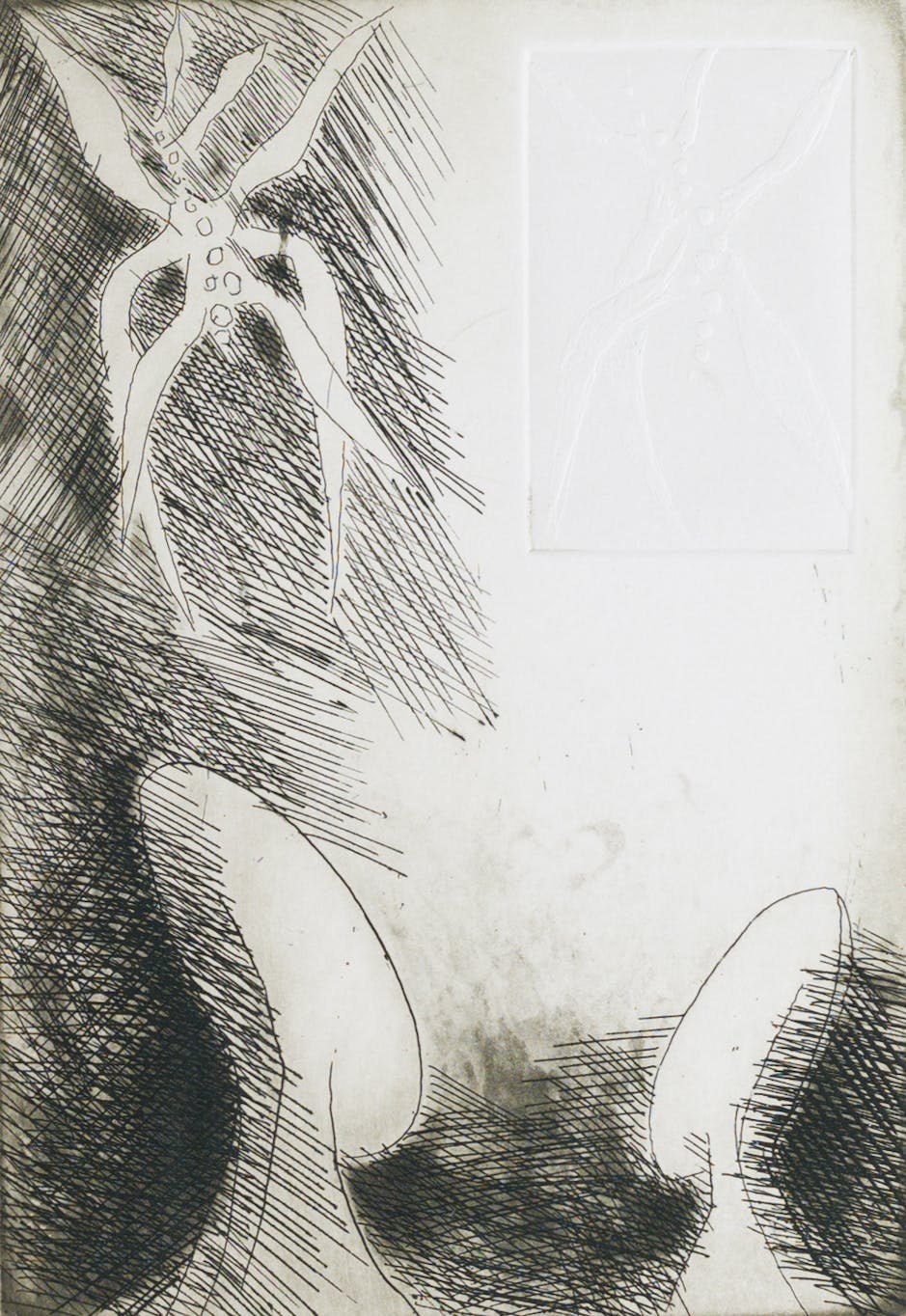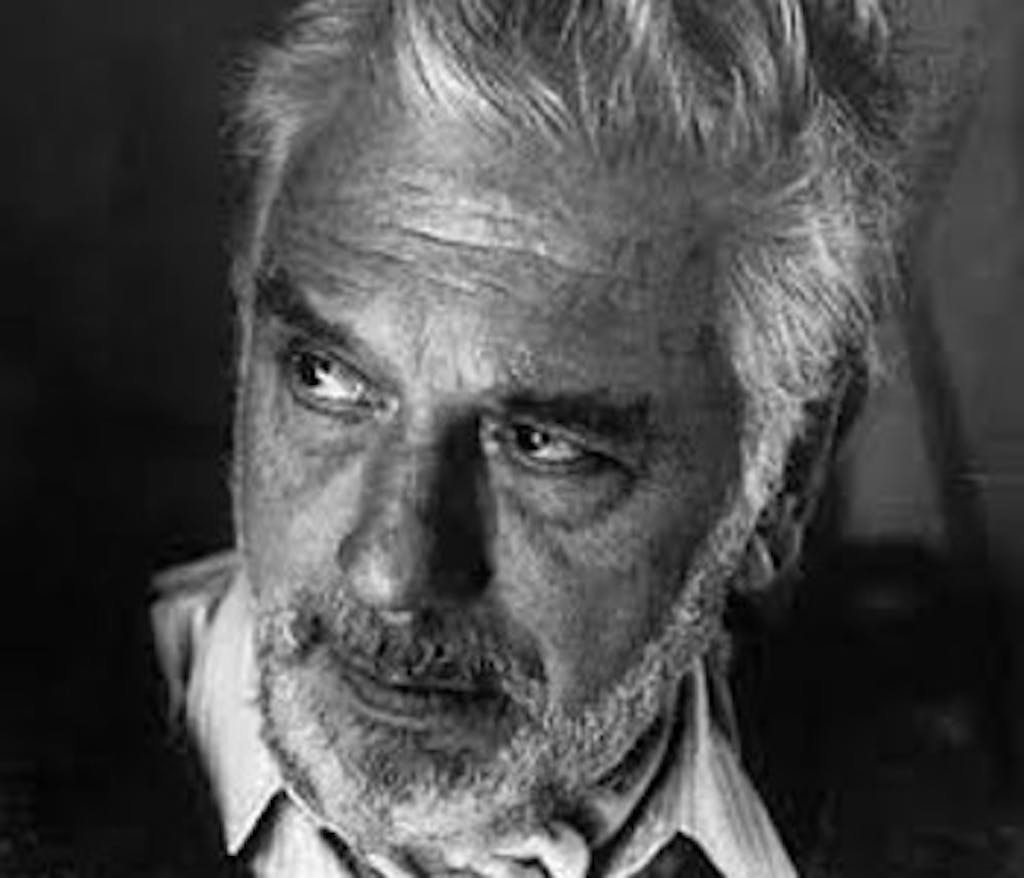Italian painter, born in Milan in 1922, he studied at the Brera Academy in Milan and trained in contact with the Corrente group by participating in the Premio Bergamo in 1942.
The artist began to exhibit from 1941 and therefore participated in numerous group exhibitions (Biennale in Venice, Quadiennale in Rome, Salon de Mai, etc.).
In 1946, a fierce opponent of the fascist regime, Peverelli was one of the signers of the Oltre Guernica manifesto.
If his work until 1949 refers to neo-figurative Picassian culture, one can detect early references to Bacon, Sutherland and above all, to Giacometti, who had a decisive role in his search for an interior and dreamlike dimension. In 1949, Peverelli discovered the work of Wols, then that of Pollock, and experimented gestural automatism for some time in 1950.
In 1951, he joined the space group (Lucio Fontana, Roberto Crippa, Gianni Dova, Beniamino Joppolo, Antonino Tullier, etc.), of which he signed the fourth and fifth manifestos.
He settled in Paris in 1957, and his affinities with Surrealism became clearer. The prismatic texture of spaces, in almost monochrome paintings, determines a complex interplay of spatial and ambiguous relationships between external reality and that, subjective, of a psychological and fantastic world.
There have been many Peverelli exhibitions in private galleries in Italy, Paris and London. The Venice Biennale devoted a hanging to him in 1948, 1949, 1950, and the artist participated in the exhibition of Surrealism in Paris in 1964. In 1976, the MAM of the City of Paris offered him several rooms to exhibit his works. .
Cesare Peverelli died in Seillans (Var, France) in 2000.



